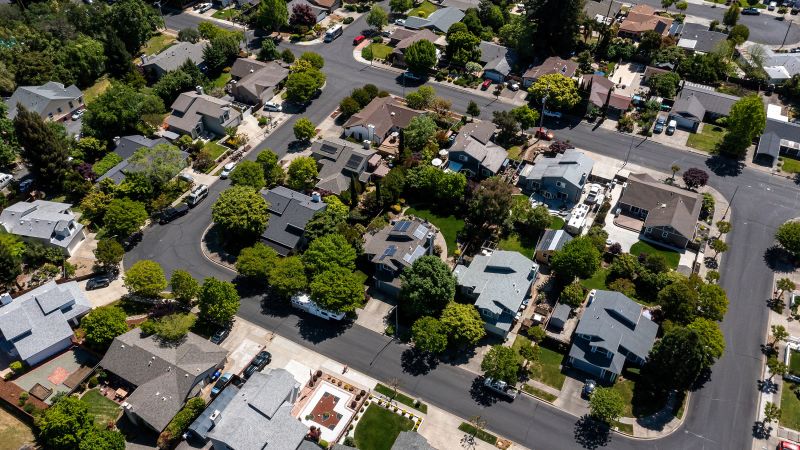The official start of hurricane season in the Atlantic Ocean on June 1 is predicted to be extremely active, with the potential for seven major hurricanes. This, combined with elevated inflation and the growing frequency of catastrophic storms due to climate change, has made it difficult for homeowners to find affordable insurance options. Rates jumped 11.3% nationwide last year, and experts do not expect a reprieve this year. Moving to a state with minimal hurricane risk is no longer enough to save on insurance costs, as even states not typically at risk are seeing significant increases.
Homeowners insurance was once considered a stable line of business for insurance companies, primarily dealing with single-home events like electrical fires or leaks. However, recent years have seen an increase in catastrophic hurricanes, wildfires, and convective storms like severe thunderstorms and tornadoes. These types of storms impact a large number of properties at once, changing the dynamic for insurance companies and leading to rising insurance costs. Severe convective storms have hit states that were previously considered safe from natural disasters.
Last year was the worst year for the homeowners insurance industry in over a decade, with losses exceeding $101 billion. Inflation, devastating wildfires in Hawaii, and record-breaking loss events from convective storms all contributed to the industry’s struggles. Elevated inflation means that it costs insurance companies significantly more to make repairs to damaged properties compared to a few years ago. This has resulted in many policyholders facing rate increases or losing coverage altogether, particularly in states like Florida, California, Louisiana, North Carolina, and Texas.
While property insurance is not legally mandated, most mortgage holders are required to have it by their lenders. Many homeowners are finding themselves without coverage as insurers withdraw from high-risk states. State-backed insurance plans, known as insurers of last resort, are designed to fill coverage gaps in the private insurance market, but may come with higher costs or provide less coverage. Some homeowners have turned to these government-backed options, with Florida’s Citizens Property Insurance Corp. becoming one of the largest homeowners’ insurers in the US.
For those seeking to lower their insurance costs, shopping around every couple of years for competitive rates is important. Raising your deductible can also help lower premiums, if you can afford it. Investing in home hardening measures, such as fortifying your home’s structure with metal straps and wind-resistant garage doors, can also prevent high insurance costs in the event of a disaster. Prioritizing the strength and resilience of your home over cosmetic upgrades is essential to protect against future damage and potential insurance rate hikes.


